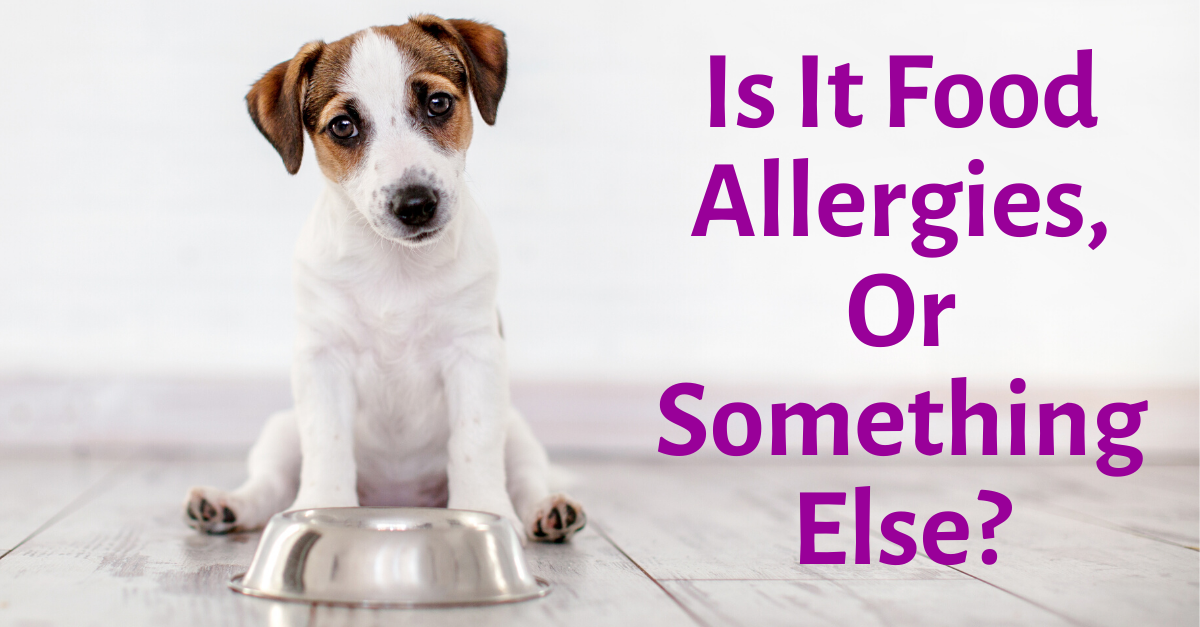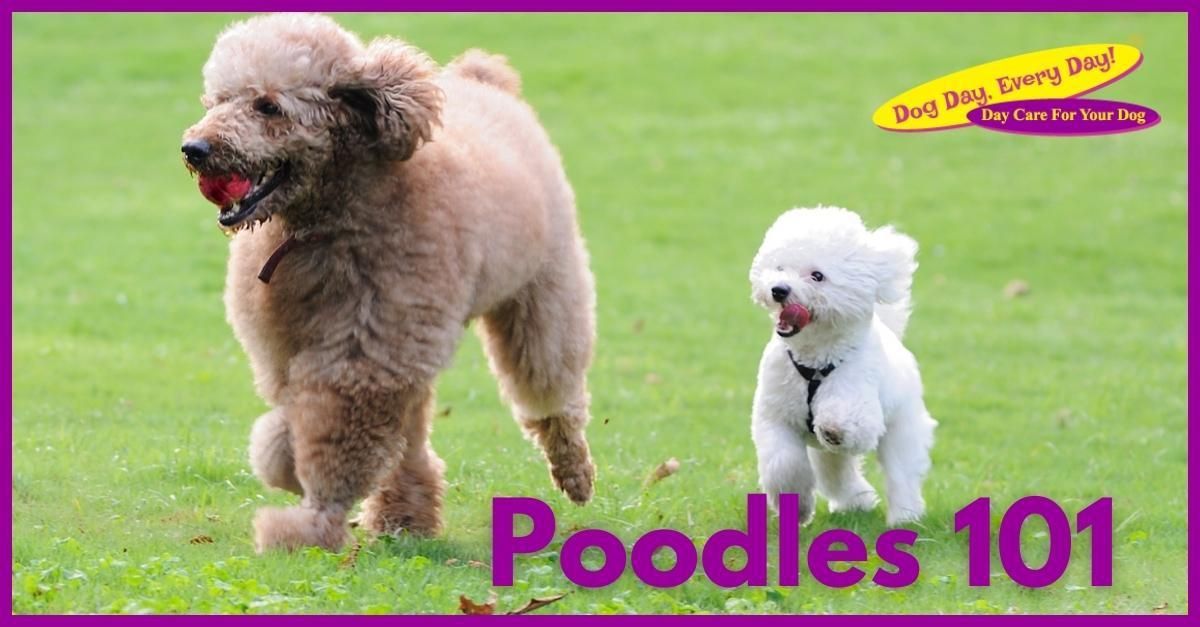Is It Food Allergies, Or Something Else?

Along with the warmer temperatures and pleasant weather that the summer months bring, they can also bring allergies. And just like people, dogs can have allergic reactions to a variety of things in their environment. However, their allergic reactions can be decidedly different than those that people experience. By exploring three of the common kinds of allergies that dogs face – and taking a closer look at dogs’ allergic reactions – you may be able to tell if your furbaby is experiencing discomfort because of an allergy.
Allergies to Pollen, Dust and Mold
Three allergic reactions that are similar to those that humans experience are allergies to pollen, dust and mold. These three environmental allergy triggers can cause sneezing – like in humans – but most dogs suffering from these allergies will scratch their skin or ears (in reaction to itching), and perhaps have itchy or watery eyes. Pollen comes from a variety of blooming flowers, shrubs and trees. Dust – and dust mites – tend to collect in corners, under furniture and around pet beds, and stems from dander (skin cells) and hair that dogs and people naturally lose. Mold can form in warm, dark and moist places indoors and out.
Regular vacuuming, baths/grooming, and clean, dry pet bedding should help to limit your dogs’ exposure to pollen, dust and mold and help keep allergic reaction to these triggers at bay.
Allergies to Dog Foods
Although dogs can have allergic reactions to a variety of different dog foods or ingredients, food allergies are among the least common forms of allergies in dogs. Signs of food allergies may include not only vomiting and diarrhea but also paw licking, ear flapping and scratching, just like those caused by other allergy triggers.
Allergy to Flea Saliva
Especially if your dogs spend more time outdoors in the summer months, beware of fleas. The most common allergy among dogs is an allergy to flea saliva. When fleas bite and leave behind a trace of saliva in the skin, your pets’ reaction will be to scratch or gnaw. On the skin, you will see a small, red raised area, much smaller than a mosquito bite. Besides regularly treating for fleas with an oral tablet, regular bathing and grooming should help to keep Fido flea free, free of bites and free of a flea-based allergy.
At Dog Day, Every Day! , we’ve been caring for our customers’ furbabies for more than 20 years. While our care-givers are experts at giving pups their meds and making sure they’re not exposed to allergens, the best way to determine if your pup is suffering from allergies to make an appointment to see your family’s veterinarian. He or she will be able to help you identify and confirm an allergy, as well as provide you with a regimen for getting your dog healthy again.

The post Is It Food Allergies, Or Something Else? appeared first on Dog Day, Every Day!.






